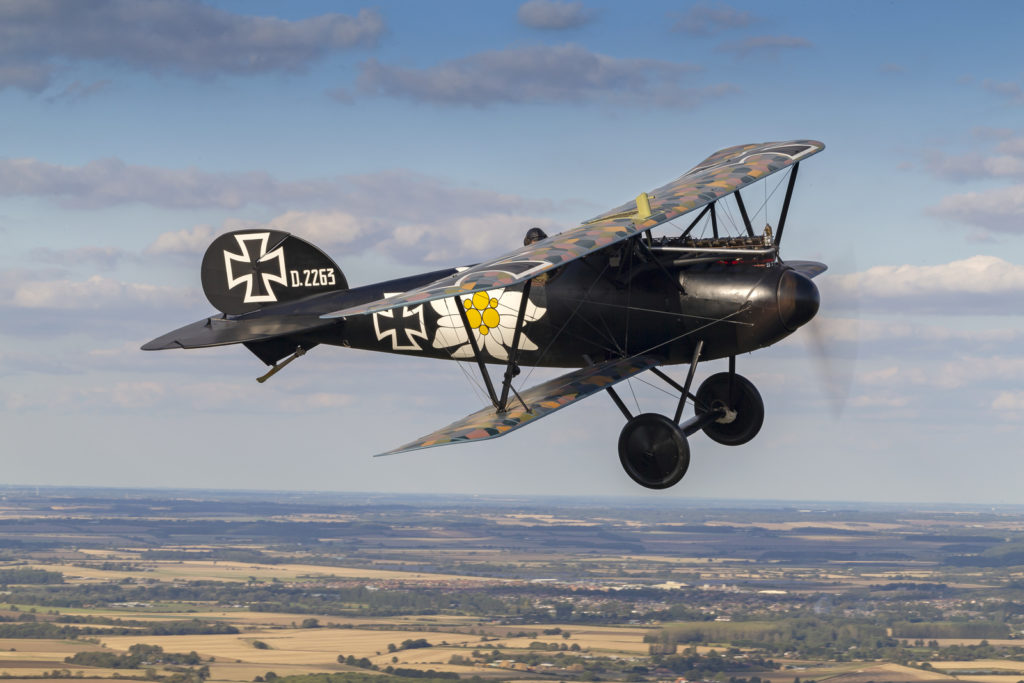
The Albatros D.V and its D.Va successor were among the most numerous German fighter aeroplanes built during ‘The Great War’. Although the ‘lightened’ D.V shared most of the wing failure problems that had plagued the D.III, and the ‘improved’ D.Va turned in somewhat lacklustre performance figures, these aircraft formed the backbone of the German fighter units (the Jagdstaffeln) in the latter months of the 1917 and into early 1918. With modified and strengthened lower wing fittings, auxiliary bracing struts and beefed-up rigging cables, the D.Va would prove itself a formidable opponent in the hands of an experienced pilot. It was to remain in service right up to the Armistice even when outclassed by newer types such as the Fokker D.VII and Siemens Schuckert D.III/D.IV.
